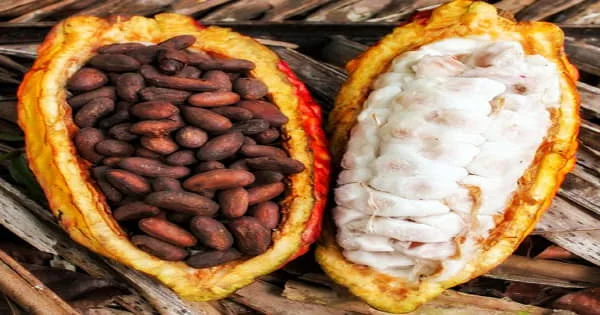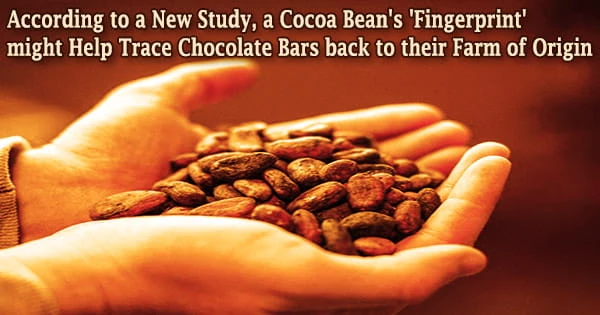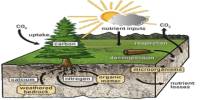Biotechnology may be the missing component in helping cocoa farmers obtain a better value for their beans, according to new research from the University of Surrey.
Chocolate is a £61 billion-a-year worldwide industry that has witnessed a boom in merchants looking to acquire cheaper beans from deforested regions with lower-quality plants and human rights violations due to the unpredictable price of cocoa. This has had an impact on legitimate farmers’ pricing and operations, diminishing sustainability benefits.
Biomarkers can create “meta-barcodes,” which are like biochemical fingerprints, an unchanging barcode extracted from the plant’s DNA, providing a unique identifier of a plant that is also observed in its beans and subsequent chocolate products, according to the findings, which were published in the journal Supply Chain Management.
A biomarker found in cocoa beans used in chocolate manufacture might be used to pinpoint the farm, production facility, or cooperative from which a cocoa product originated. A regulated data collection of biomarkers from registered places is necessary for audit in order to make this new approach a reality.
Cocoa beans, like grapes and wine, come in a range of tastes based on the bean variety and the region where it is cultivated. The report goes on to say that corporations can build this missing element, a biomarker database that identifies the provenance of cocoa goods, for roughly £5 per sample, or around the price of a box of chocolates.

The chocolate market has become turbulent, and we have evidence of over 100 years of slavery in the supply chain. Governments and chocolate producers are faced with an ethical challenge and drastically need to improve a trade that is rife with environmental destruction and human misery.
Glenn Parry
The Theobroma cacao tree produces cocoa beans, often known as cacao beans. Cocoa solids (a combination of nonfat components) and cocoa butter (the fat) may be extracted from the dried and completely fermented seed of Theobroma cacao. Chocolate is made from cocoa beans, as are Mesoamerican delicacies like tejate, a traditional Mexican drink made with maize.
Glenn Parry, Professor of Digital Transformation at the University of Surrey, said: “The chocolate market has become turbulent, and we have evidence of over 100 years of slavery in the supply chain. Governments and chocolate producers are faced with an ethical challenge and drastically need to improve a trade that is rife with environmental destruction and human misery.”
“We have an effective approach for them to make progress. We demonstrate that biomarkers can provide supply chain visibility from the individual farm to the retail chocolate bar. This solution could now be within reach, where the journey of the chocolate in your fridge could be traced back to the cocoa trees where it began.”
Cocoa beans are fermented to remove the seed coat, kill the germ, and improve the flavor of the cocoa. It was domesticated for the first time 5,300 years ago in tropical South America before the Olmecs (Mexico) transported it to Central America. Cocoa beans are grown within 20 degrees of the equator on average. The “cocoa belt” is the name given to this particular growing zone.
Cocoa products were originally consumed in Honduras between 1500 and 1400 BC, according to chemical analyses of residue taken from pottery unearthed at an archaeological site in Puerto Escondido. Cacao trees are quite small, reaching just 15 to 25 feet in height.
It takes roughly 5 years for a cacao tree to develop and begin producing cacao pods (from seed). On the tree’s trunk and bigger branches, the beans grow in football-shaped pods.
Evidence also suggests that the sweet pulp of the cacao fruit, which is used to make a fermented (5.34 percent alcohol) beverage, drew attention to the plant in the Americas long before the flavor of the cacao seed (or bean) became famous.
Cacao trees produce 30-40 cacao pods every year on average. These pods are normally collected twice a year and come in a variety of colors, including green, yellow, orange, and red, depending on the cocoa tree species. In 2019, the world produced 5.6 million tonnes of cocoa beans, with Ivory Coast accounting for 39% of the total.
















